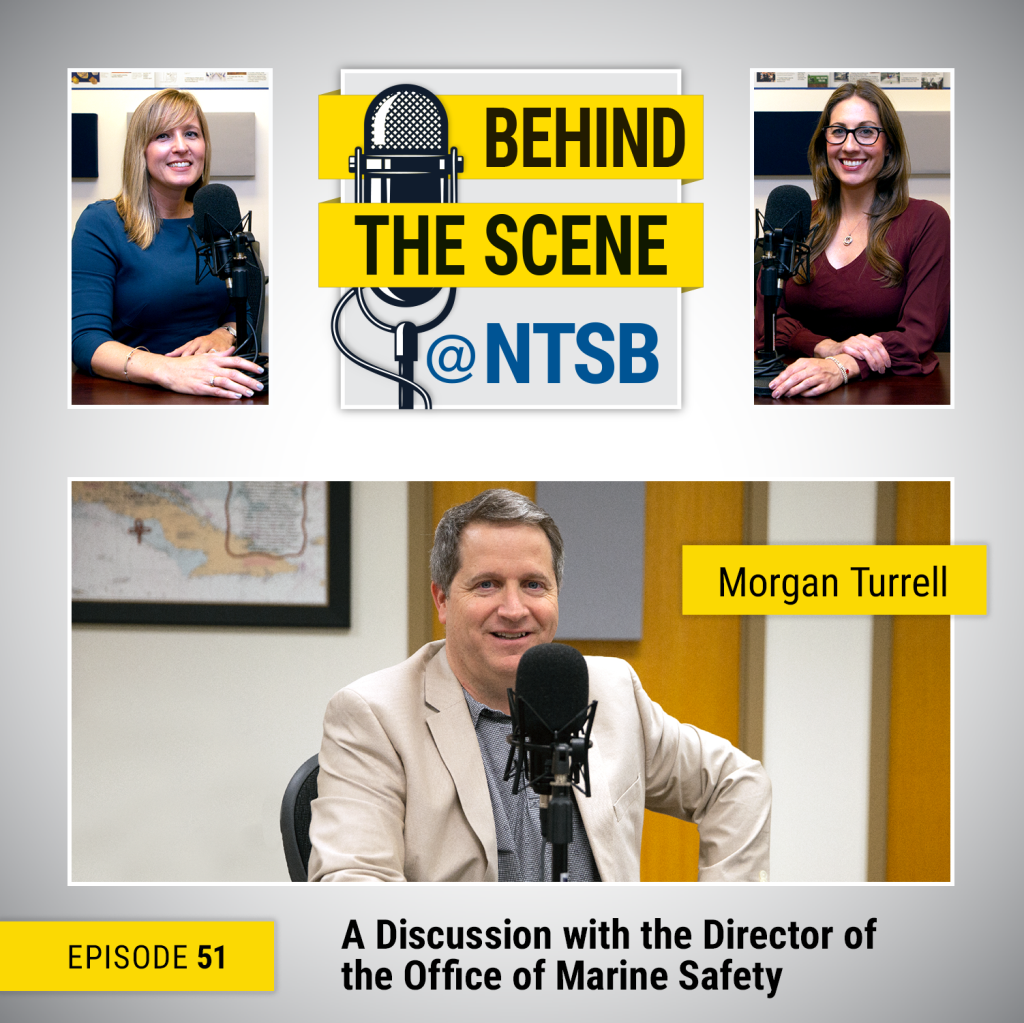By Leah Walton, NTSB Safety Advocate
In the Spring of this year, I attended the Association of Ignition Interlock Program Administrators (AIIPA) Annual Conference, a gathering of about 130 people all committed to eliminating impaired driving. Attendees included state ignition interlock program administrators, ignition interlock manufacturers, researchers, law enforcement, toxicologists, and representatives from the treatment and criminal justice communities.
It was no surprise that a hot topic of the conference was the early estimates of traffic fatalities for 2021 released the same week by the National Highway Traffic Safety Administration (NHTSA). The numbers showed a trend in the wrong direction, with an estimated 42,915 people killed in motor vehicle crashes, a 10.5 percent increase from 2020. This number is the highest number of fatalities since 2005. Specifically, fatalities in police-reported, alcohol-involvement crashes were up 5 percent compared to 2020.
A breath ignition interlock device (IID), estimates a driver’s blood alcohol concentration (BAC). It is installed in a vehicle and the driver must provide a breath sample that does not exceed a certain BAC threshold (for instance, .00 BAC or .02 BAC) before the vehicle will start or continue to operate. Installing these devices can be a penalty for drivers convicted of driving while intoxicated (DWI) or driving under the influence (DUI). They allow impaired-driving offenders to continue to operate their vehicles on an ignition interlock restricted license, rather than having their license suspended altogether.
Ignition interlocks have been a piece of the NTSB’s comprehensive solution to eliminate impaired driving since 2000, when we recommended that all 50 states and DC establish a comprehensive program designed to reduce the incidence of alcohol-related crashes and fatalities caused by hard-core drinking drivers, including elements such as those suggested in the NTSB’s Model Program, such as requiring ignition interlocks for high-BAC first offenders and repeat offenders. The issue is still urgent enough that “Prevent Alcohol- and Other Drug-Impaired Driving” is on our 2021–2022 Most Wanted List of Transportation Safety Improvements.

In our 2012 Wrong Way Driving report, we found that installing alcohol ignition interlocks on the vehicles of all DWI offenders (first-time and subsequent-time offenders) would reduce crashes caused by alcohol-impaired drivers. Thus, we issued a safety recommendation to 33 states, Puerto Rico, and DC to enact laws to require the use of alcohol IIDs for all individuals convicted of DWI offenses (at the time of publishing the report, 17 states already had a law requiring mandatory IID installation for DWI first offenders).
In May 2012, the NTSB held a forum, Reaching Zero: Actions to Eliminate Substance-Impaired Driving, to identify the most effective, scientifically based actions needed to reach zero crashes associated with substance-impaired driving. In the resulting final report, adopted in May 2013, we discussed all-offender ignition interlock laws as part of a comprehensive strategy to prevent alcohol-impaired driving. Currently, 34 states have all-offender ignition interlock laws.
It’s difficult to quantify how many drivers currently have, an IID in their vehicle. However, in 2022, Mothers Against Drunk driving (MADD) reported that in 14 years (2006–2020), ignition interlocks had stopped 3.78 million drivers with a BAC of 0.08[1] g/dL or higher from starting their vehicles. Requiring ignition interlocks for all offenders is a swift and certain penalty for alcohol-impaired driving. IIDs can be installed on arrested DUI offenders’ vehicles immediately, to ensure they are not driving alcohol-impaired while they await trial. These devices are effective, both at preventing alcohol-impaired driving as well as reducing DUI recidivism. A 2016 California DMV study of the state’s ignition interlock pilot program showed ignition interlocks were associated with a 73 percent lower odds of recidivism compared to license suspension alone for first-time offenders during the first 182 days after conviction.
For more than a decade, the number of alcohol-impaired driving fatalities had become stagnant, with 10,000 people killed every year. Now, those numbers are rising again, with 11,654 impaired driving fatalities in 2020. And, like the fatality numbers, the conversation around impaired driving has stagnated, too. Many people are hopeful that new advanced driver assistance systems, collision-avoidance systems, in-vehicle alcohol detection technologies and automated vehicle technologies will end impaired driving once and for all. We are hopeful, too. But as we know, it takes at least 20 years for new technology to fully penetrate a fleet of vehicles. We cannot—and should not—accept the fully preventable loss of 10,000 lives each year while we wait. We must implement the countermeasures that we have available now that we know work, like IIDs.
While at the AIIPA conference, I had the opportunity to address the attendees. I shared that I started my highway safety career with MADD in 2001, and at that time, I could not imagine that in 20 years I would still be here advocating for countermeasures to eliminate impaired driving. I thought that by 2022, surely people would learn to make smart choices and designate a sober driver. Unfortunately, we have made very little progress. That can change if all states adopt all-offender ignition interlock laws. We could finally make meaningful progress toward eliminating this dangerous behavior that ends in so many completely preventable tragedies.
[1] NTSB recommends that all 50 states, Puerto Rico, and the District of Columbia lower their legal BAC limit to .05 percent g/dL or lower. In 2018, Utah became the first state with a BAC limit of .05 percent.


